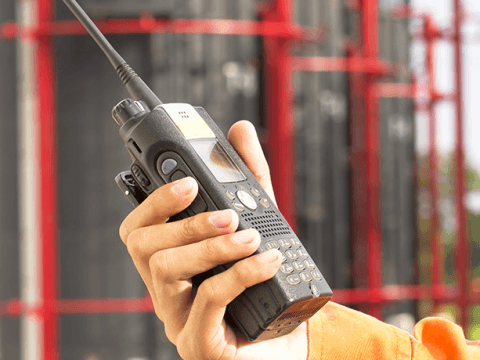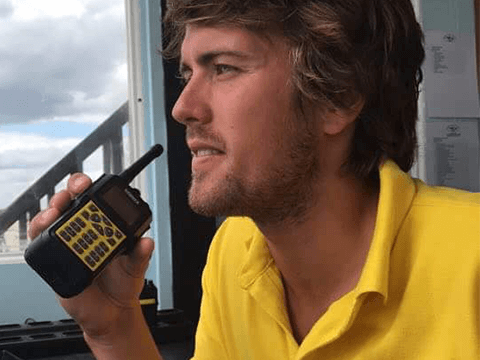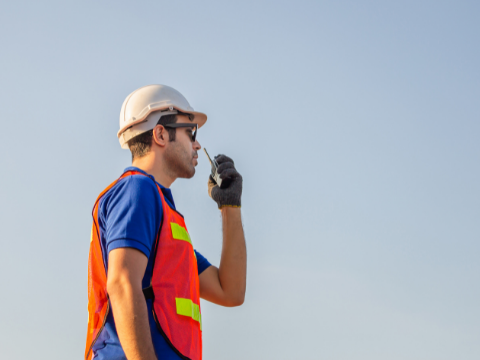A simple guide to two way radio terminology
If you're unfamiliar with two way radios, you might feel as though you have no idea how to conduct radio communication, as there can be lots of jargon over the radio waves.
To help you feel confident with two way radio communication, we've put up a few guidelines to make your time on air enjoyable and easy.
Tone of Voice
The first point to consider is tome of voice. When using digital two way radios, it is important not to rely on the tone of voice alone to ensure you are understood. You need to be clear and concise when communicating, so that everyone has a good idea about what is going on.
It's important to use a calm and clear voice. Abrupt accents, rushing your words and panicking will only lead to more confusion, and it will sound like you are unsure of what you're doing. If you have any questions about what someone else said, it's best to ask them again in your next transmission so that everyone is on the same page, and avoid the temptation to interrupt their transmission.
Unlike face-to-face communication, when using two-way radio systems you can’t use facial expressions to clarify the tone of your message. So keep this in mind when communicating with others over radio waves and if be clear and slow with your message.
Brevity in Communication
The reason why many industry's and businesses use two way radio solutions, is because they are fast and reliable. So, make sure you keep your message short, clear and to the point. Watch your word choices, and be considerate of your audience: For example
- Use short sentences: "The car is blue"
- Use short words: "Blue car" ( Rather than "the light blue car")
- Use short phrases: "The blue car"
Technical Jargon
When using two way radios to communicate, avoid using too much jargon and technical information over the radio; instead, speak simply and succinctly. Strong technical jargon is frequently only comprehensible by those with specialised knowledge in those fields. Keep in mind that those who are unfamiliar with the terms you are using might hear what you are saying.
When feasible, use straightforward language; if someone can communicate with you without any further explanation, then they should be able to do the same with yours! For instance:
- Instead of saying "I'm going off-air," say "I'm switching my radio off now."
- Instead of saying "I need a new battery in my microphone," say "My microphone needs a new battery."
It's not always required to use brief words; sometimes it's preferable to ensure that everyone is aware of the situation, even if it takes longer than expected (for example, "The truck broke down but we were able to get away from the road and let the recovery team know'). To avoid deterring listeners from their work at hand—carefully listening for instructions coming across their personal radios—try to limit paragraphs to one sentence or fewer whenever possible.
Punctuation In Verbal Communication
When using two way radios in your business its all a verbal exercise. We do not have the luxury of punctuation marks when speaking on a two way radio but there are ways to get around this. Introducing a pause before and after your sentence can be enough to show where each part begins and ends.
- Use pauses to separate your thoughts
- Using pauses at the end of each clause is useful as it gives listeners time to digest what you have said before moving onto the next idea or question.
- This helps them get a clearer picture of what you are trying to say without them feeling overwhelmed by too much information at once.
Communication Codes for Two-Way Radios
Radio lingo, also known as radio communication codes, is a set of standardised phrases and abbreviations used in radio communication, especially with two-way radios. These codes are designed to simplify and expedite communication, particularly in situations where time is of the essence, and clarity is essential.
Some common radio lingo used in two way radio communication includes:
- "10-codes" - These are a set of 10-99 codes used to convey information about situations and locations, such as "10-4" for "acknowledged" or "10-20" for "location."
- "Q-codes" - These are a set of codes that originated in maritime communication and are used to convey information about procedures and statuses, such as "QSL" for "acknowledged" or "QTH" for "location."
- "Spelling alphabets" - These are a set of standardised phonetic alphabets used to spell out words and names over the radio, such as "Alpha, Bravo, Charlie" for "ABC."
Radio “lingo” is an important aspect of two-way radio communication, as it allows for clear and concise communication between individuals or groups, especially in emergency situations or in environments with a lot of background noise.
Related
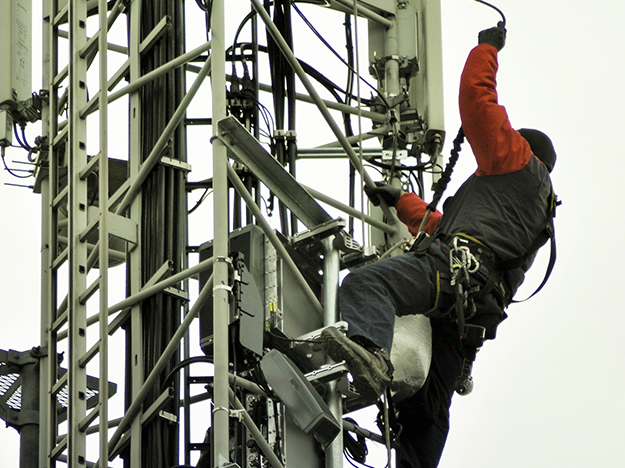
How Do Two Way Radios Work?
Two way radios are a type of radio system that allows communication between two or more users over a distance. In this article we will explain how they work and highlight some of their key features.
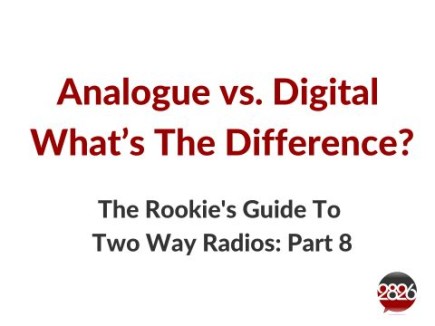
The 2826 Rookie's Guide To Two Way Radios: Part 8
What's the difference between analogue radios and digital radios? You probably know that two way radios are either analogue or digital. But what's the difference? Here we explore how they compare and the pitfalls and advantages of each.

